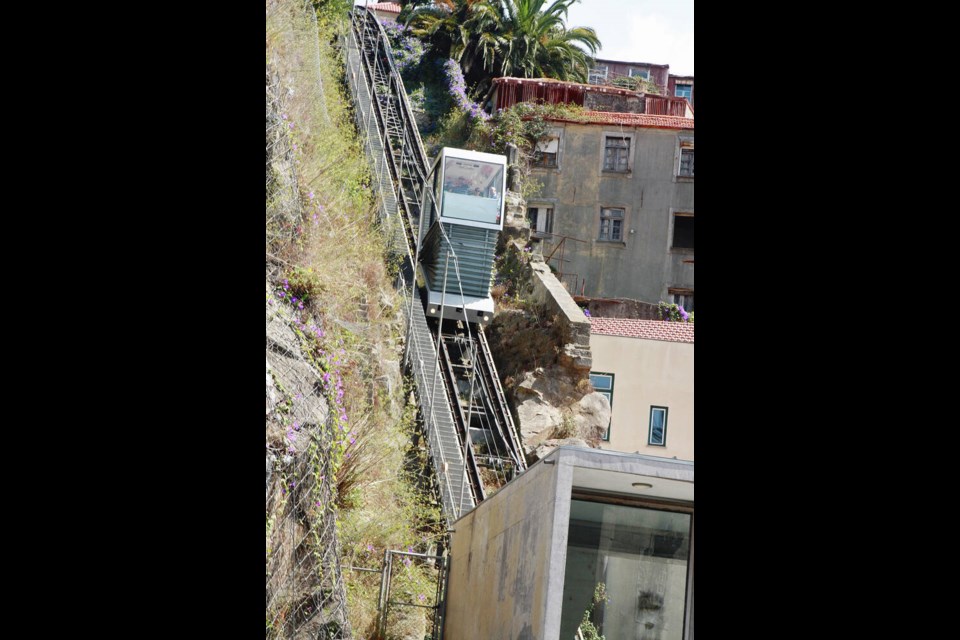The B.C. Human Rights Tribunal has issued a ruling that should concern strata residents everywhere. (Fair disclosure: I live in a strata.)
The case involved a resident in a North Vancouver strata. Gerald Testar lives in a detached house at the bottom of a 30-metre deep gully.
Now 84, Testar is in declining health, and can no longer climb the 102 stairs to the top of the gully. As a result, he hasn’t left his home for two years.
Testar asked the strata to build him a hillside elevator, at an estimated cost of $135,000. The strata council refused, both on the grounds of the financial burden involved, and because the elevator would obstruct their views, create a noise hazard and damage their property values.
The tribunal found that the council had breached Section 8 of the B.C. Human Rights Code, which says: “A person must not without bona fide and reasonable justification, deny to a person or class of persons any accommodation, service or facility customarily available to the public.”
As a result, the strata was ordered to build the elevator, plus pay Testar $35,000 as compensation for injury to his dignity, feelings and self‐respect.
Backing up its decision, the tribunal noted that rulings of this sort are now part of established legal precedent.
Which authority issued these precedent-setting decisions? The tribunal did, a perfect example of circular reasoning.
Let’s start with the basis for this ruling. Section 8 of the Human Rights Code was drafted specifically to prohibit discriminatory behaviour in housing arrangements.
An apartment owner cannot refuse to rent a suite to someone based on that person’s race, gender, religion, physical disability or age. Likewise, neither could a strata prevent a potential buyer from purchasing a house based on such factors.
But that’s not what happened. Testar wasn’t denied access to the strata.
Rather, after he had been an owner for some years, he developed mobility issues that prevented him getting out and about.
Now that’s a sad story, and one can feel sympathy in such a case. But how is this a problem that the strata is obliged to take on?
Returning to Section 8, is the tribunal really saying that a personal hillside elevator is a service or a facility “customarily available to the public”?
Where do such obligations end? Suppose a resident of a rural strata can no longer drive because of diminished eyesight. Is the strata required to lay on a bus service, or pay the resident’s taxi fees?
After all, these services are customarily available to the public.
What about someone who needs a stair master installed in his house? Is that a fair charge on the strata?
What happened here is that the tribunal invented, out of thin air, a far-reaching obligation on strata members with money no object.
Of course, the ruling can be appealed to the courts. But while the tribunal’s legal costs are borne by the taxpayer, the strata owners would have to ante up their own money to finance a lawsuit. And taking on a defendant with deep pockets is a formidable step for a handful of owners.
The broader question here is where are the limits to the tribunal’s power to impose remedies? It’s one thing, as the tribunal has done in the past, to order a strata to replace hard-to-open garbage cans with lighter lids.
It’s another entirely to require the construction of a miniature funicular railway.
Perhaps the Condominium Home Owners Association of B.C. can do some fundraising, and take the tribunal to court.



